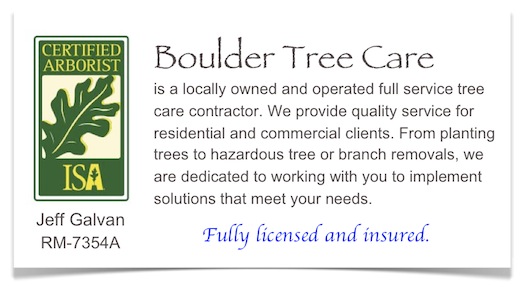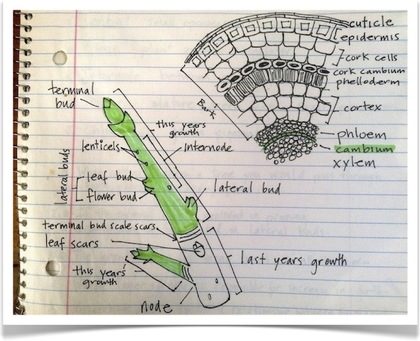
Tree Service Tips.
Have a tree that needs trimming? Would like to plant a new one or do you need to remove a hazardous tree or branch? Depending why you are in need tree service, finding a tree care company that can accurately identify, diagnose and improve the health of your trees may prove challenging.
Here are few suggestions to make the process a little easier and help you find a great tree care company.
Get a few estimates from some tree service companies. Usually, there is no cost to get an estimate to determine what services your trees will need. Planning ahead and taking the time to get a couple or more opinions, unless you have a hazardous tree, is often well worth the wait.
Why? It gives you an idea about the services different tree care professionals recommend, the average cost of the tree care needed and you’ll meet some of the tree surgeons who will be working on your property. Although, it is common in the tree business to have a tree estimator who is different than the person who will be working with and sometimes in your trees.
Choose a local certified arborist. Different trees have different needs. Select someone who knows how to identify trees, is familiar with the specific types of trees on your property and has experience with their qualities. For example; some trees have a very thin outer bark and climbing them or using ropes without friction savers may cause damage to your tree.
When planning to build a new home or doing a major renovation of an old one, where there are trees that you would like to preserve, contact a certified arborist in the early planning stages. This way you can set up protection zones and inform construction workers to protect the trees you want to keep.
Recently, I was called to remove a tree that was on a construction site. I refused to cut down a beautiful 100+ year old tree in perfect health. It was in my opinion the tree was the most valuable asset on the property. The reason they needed to cut down the tree was because they did not plan on saving the tree. Later, after the tree was removed, they admitted to never wanting to cut the old tree down.
Check to see if the company or individual is fully licensed and insured before starting work on your property.
Be informed. You’ll be at more of an advantage than if you haven’t done your homework. One of my favorite things is when I go to meet a person about their trees and they already know what types of trees live on their property and have an understand their basic needs and characteristics. While not everyone will be able to do this there are few things you can do to give yourself an advantage. It doesn’t take much time to go n line and read a little about the tree service or watch a video. This will prepare you for the next tip…..
Ask questions. a few questioned can go a long ways. It gives you an opportunity to demonstrate that the well being of your trees is important to you.
Does this tree appear to be healthy and safe? Do you know what species of tree this is? What are some of the common problems or pest associated with this type of tree? Does my tree need water in the winter? When is the best time of year to prune this tree? How long have you been caring for trees in this area and do you have any experience with working this type tree?
 from the roots upward and also helps to form the woody element in the stem creating the physical structure of trees. It also stores food in the form of carbohydrates.
from the roots upward and also helps to form the woody element in the stem creating the physical structure of trees. It also stores food in the form of carbohydrates.